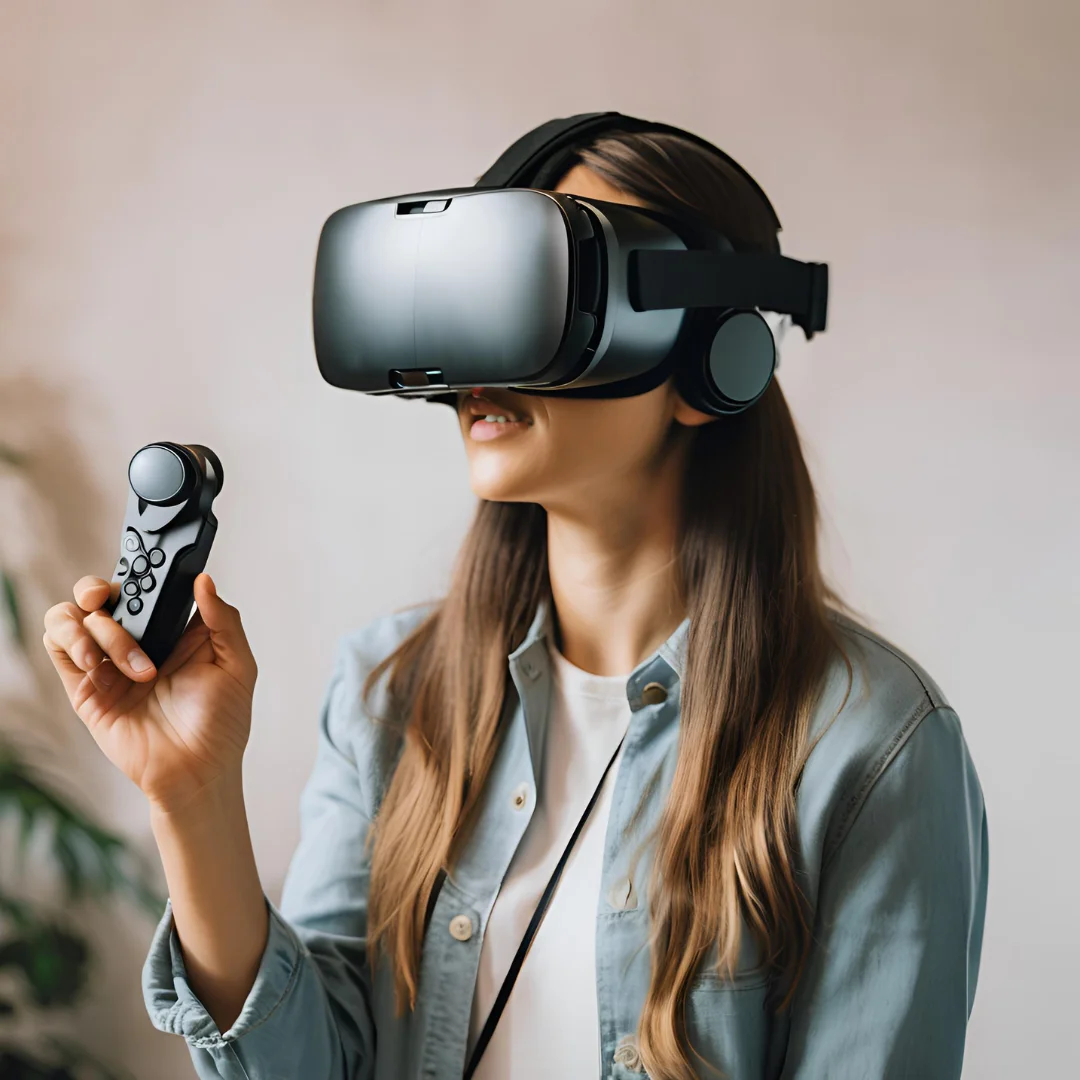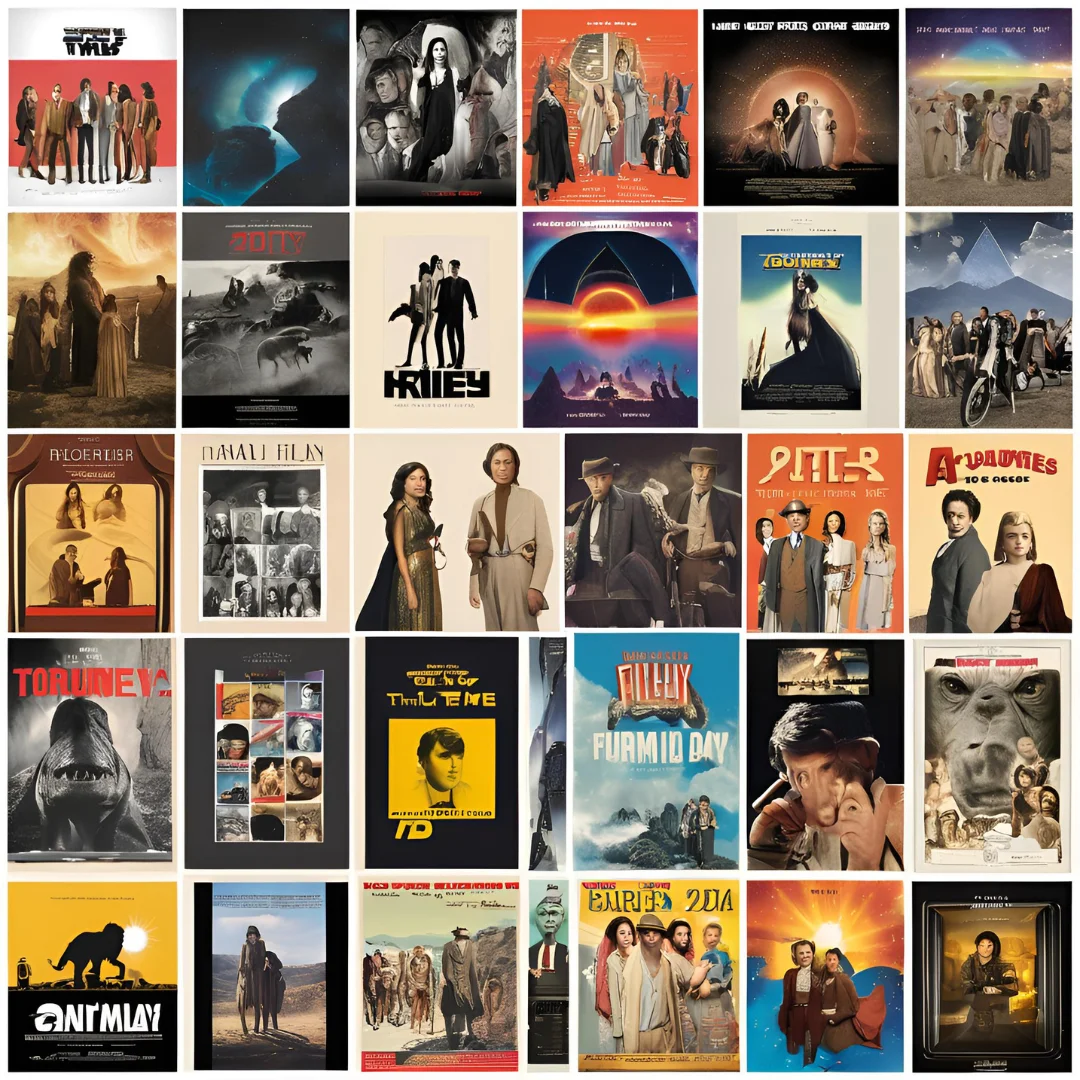Thanks to its immersive experiences that make it difficult to distinguish between the actual and virtual worlds, virtual reality (VR) has completely changed the way humans engage with digital surroundings. VR technology is constantly developing, opening up new opportunities and changing a variety of businesses, from gaming and entertainment to education and healthcare, among other fields. This blog will examine the foundations of virtual reality (VR), as well as its uses, developments, difficulties, and prospects going forward.
What is Virtual Reality (VR)?
The term "virtual reality" (VR) describes computer-generated models of three-dimensional (3D) settings that users may explore and interact with in a way that makes them appear real or tangible. In order to engage with virtual objects and surroundings, virtual reality (VR) usually needs donning a head-mounted display (HMD) that offers a stereoscopic view of virtual scenes in addition to tracking sensors and controllers. In order to give users the impression that they are actually present in the virtual environment, virtual reality (VR) aims to provide a sense of presence and immersion.
History and Evolution of Virtual Reality
The idea of virtual reality (VR) has been around for a while; its origins can be traced to forward-thinking scientists and engineers who started investigating the potential of immersive virtual worlds in the 1960s and 1970s. Important turning points in VR's development include:
-
Sensorama (1962): One of the first attempts at immersive multimedia was Sensorama, designed by Morton Heilig. It included stereo sound, stereoscopic 3D images, and even scents and wind effects.
-
The Sword of Damocles (1968): This head-mounted display (HMD), created at Harvard University by Ivan Sutherland and his colleagues, was the first to show basic wireframe graphics.
-
Virtual Reality Markup Language (VRML): VRML, a standard for building and distributing virtual reality experiences on the web, was first introduced in the mid-1990s and laid the foundation for further VR development.
-
Oculus Rift (2012): An important turning point in the history of modern VR was the release of the Oculus Rift, which made consumer-grade VR technology with sharp screens, accurate tracking, and immersive experiences more widely available.
How Virtual Reality Works
Virtual Reality technology operates on several core principles and components:
-
Head-Mounted Display (HMD): A stereoscopic display for each eye on the head-mounted display (HMD) gives a three-dimensional image of the virtual world. A realistic visual experience is ensured by high-resolution screens and optics.
-
Tracking Systems: VR systems track the movements of the user's head and transform those motions into equivalent movements inside the virtual environment through the use of tracking sensors or cameras. Users may now look around and interact with virtual items in a natural way thanks to this.
-
Input Devices: Users can modify virtual objects and situations and interact with them via controllers, gloves, or other input devices. These gadgets frequently have triggers, buttons, and sensors for accurate input and response.
-
Computer Hardware: For VR apps to maintain seamless performance and provide high-definition graphics, powerful computers or game consoles are needed. Real-time rendering of intricate 3D images depends heavily on graphics processing units, or GPUs.
Applications of Virtual Reality
Virtual Reality finds applications across various industries and sectors, transforming how we work, learn, communicate, and entertain:
1. Gaming and Entertainment
VR gaming offers previously unheard-of degrees of realism and immersion by submerging users in interactive virtual environments. In addition to participating in multiplayer games and virtual character and object interactions, players can explore fantasy worlds.
2. Education and Training
VR improves educational experiences by offering virtual field excursions and realistic simulations. To promote immersive learning, students might investigate historical sites, dissect virtual creatures, or take part in interactive physics simulations.
Virtual reality (VR) is utilized in training for simulations in industries like aviation, medical, and military training. In a secure virtual setting, trainees can rehearse intricate processes, surgical methods, and emergency situations.
3. Healthcare and Therapy
Virtual reality (VR) is transforming healthcare by providing cutting-edge methods for therapeutic interventions, medical education, and patient care. While virtual reality (VR) therapy uses relaxation techniques and exposure therapy to treat PTSD, phobias, and chronic pain, medical students can practice surgical operations with the use of VR simulators.
4. Architecture and Design
VR is a tool used by designers and architects to view and explore 3D models of buildings, cities, and interior layouts. With virtual reality (VR), stakeholders can evaluate spatial layouts, see architectural designs in scale, and make well-informed decisions prior to the start of construction.
5. Virtual Tourism and Cultural Preservation
Through virtual reality (VR), users can explore famous monuments, places of cultural significance, and breathtaking natural formations from all around the world. By use of meticulous 3D scanning and virtual preservation programs, VR also contributes to the preservation of cultural artifacts and heritage places.
Advancements in Virtual Reality Technology
Recent advancements in VR technology have enhanced immersion, realism, and accessibility:
-
Improved Display Technology: Motion sickness is less common with high-resolution screens that have broader fields of vision, higher refresh rates, and improved visual quality.
-
Wireless VR: With wireless HMDs, you may move freely and have a better user experience because they do not require tethered connections.
-
Haptic Feedback: Users of haptic feedback devices can experience interactions, textures, and impacts in the virtual world by simulating the sensation of touch.
-
Eye Tracking: By concentrating graphics rendering on areas of interest, eye-tracking technology improves rendering efficiency and allows more natural interaction.
Challenges and Considerations in Virtual Reality
While VR offers transformative possibilities, it also presents challenges that need to be addressed:
-
Motion Sickness: Some people may feel uncomfortable or have motion sickness as a result of visual and vestibular cues not matching up. The goal of advances in display design and technology is to reduce these impacts.
-
Cost and Accessibility: Because high-quality VR gear and software can be expensive, some individuals and organizations may not be able to afford them. Costs are declining and affordability is increasing due to ongoing developments and market competition.
-
Content Development: Specialized knowledge and resources are needed to produce captivating and immersive VR entertainment. Content producers have to strike a balance between user experience design, creative storytelling, and technical difficulties.
-
Ethical and Social Implications: Virtual reality brings up ethical questions about data security, privacy, and the psychological effects of immersive encounters. Regulations and guidelines are changing to address these issues.
Conclusion: Embracing the Virtual Reality Revolution
A paradigm shift in how humans view, engage with, and interact with digital environments and content is represented by virtual reality. Virtual reality (VR) technology is revolutionizing a variety of industries and opening up new avenues for human connection, creativity, and innovation in everything from gaming and education to healthcare and beyond.




